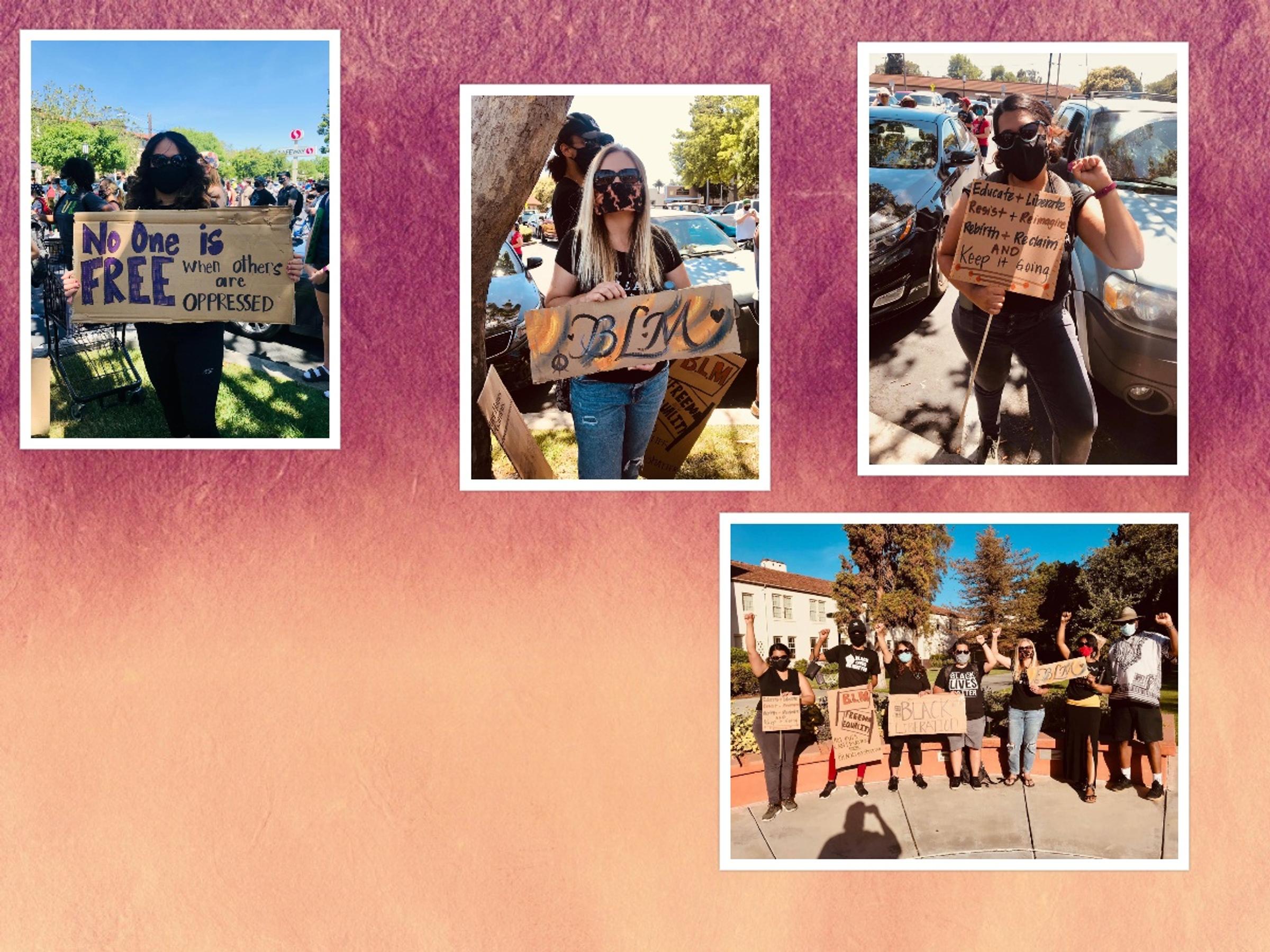Equity and
Human Rights

Equity and
Human Rights


On June 15, 2020, the U.S. Supreme Court announced that LGBTQ employees — including all LGBTQ educators — are protected under federal law from discrimination at work based on sexual orientation or gender identity. This means that employers, including public employers like school districts and public universities, are prohibited from discriminating on the basis of sexual orientation or gender identity.
Below is a quick reference guide developed by NEA’s Center for Social Justice and General Counsel to help inform educators about their rights as LGBTQ employees.
Impacts of the Supreme Court’s Decision
Hiring, Firing, and Promotion. Employers can’t fire someone or decline to hire them for being LGBTQ. And they can’t decide who to promote based on that person’s sexual orientation or gen der identity.
Benefits and Compensation. Employers cannot pay employees less because they are LGBTQ. They cannot offer health or other benefit coverage to opposite-sex spouses but deny coverage to same-sex spouses.
Employer-sponsored healthcare plans can’t choose which services to cover based on sexual orientation or transgender status. They must cover medical conditions that relate to LGBTQ status to the same extent as they cover medical conditions facing heterosexual and cisgender individuals.
Conditions of Employment. Employers cannot consider their employees’ sexual orientation or transgender status when setting class schedules, class assignments, assigning extra-curricular responsibilities like coaching or leading student groups, or supervising and evaluating employee performances.
Harassment. LGBTQ harassment is also prohibited at work. Harassment can consist of offensive comments, gestures, and physical acts of a sexual nature or related to sex, sexual orientation, or gender identity, by the employee’s coworkers or supervisors. Employers cannot harass employees based on their sexual orientation or gender identity, but instead must protect employees
from sexual harassment that is so frequent or severe that it creates a hostile or offensive work environment.
Sexual Orientation and Gender Identity. Not only is it unlawful to discriminate based on LGBTQ identity, it is also unlawful to discrimination based on a perceived sexual orientation or gender
identity. Employers also can’t discriminate against their employees for participating in LGBTQ organizations or for bringing their spouses to events where opposite-sex spouses would be welcome.
Examples of unlawful discrimination that educators should be aware of:
▶ The school registrar transitions from female to male over the summer. When fall semester begins, the school principal reassigns him to a position that pays the same amount but doesn’t involve contact with students.
▶ An athletic director is interviewing candidates for a football coaching position. She’s about to hire someone, but realizes the candidate is gay. She worries that some families will be uncomfortable with a gay coach so hires someone else.
▶ A female teacher puts a photo of her wife on her desk. The principal tells her she has to re move it, even though many teachers with opposite-sex spouses have family photos in their classrooms.
▶ A school bus operator and his husband adopt a baby. The school refuses to grant him paternity leave, even though educators in opposite-sex couples who adopt children are granted maternity or paternity leave.
▶ A group of parents complain to the school board after seeing a teacher march in the city’s gay pride parade. The school board directs the school principal to transfer any objecting students to another class and warns the teacher that she is on probation because of her disruptive behavior.
▶ A school hires a transgender woman who transitioned years before. The school will not allow her to use the women’s faculty bathroom but allows her to use a private unisex bathroom.
If you experience LGBTQ discrimination at work, contact your local or state affiliate for assistance. For information on protecting students’ civil rights, visit www.neaEdJustice.org

